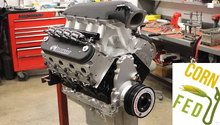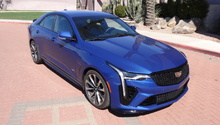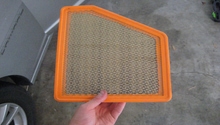Camaro and Firebird: How to Maximize MPG
Most of the fuel economy measures we present here are easy. Others are complicated. Read on for a thorough rundown of ways to maximize your fuel resources.
This article applies to the 4th/5th Gen Camaro and Pontiac Firebird (1990-present).
We start with the easiest and least expensive ways to improve your car's fuel efficiency and move on to some expensive, though usually not recommended, approaches.

Materials Needed
- Complete socket set
- Engine hoist
- Springs
- Timing chain
- Fluids
- Cam shaft
- Gaskets
- Oil
- Oil filter
- Tune up kit
- New air filter
- New fuel filter
Follow these suggestions from "easy" to "complicated" for ideas on how to improve your Camaro's or Firebird's fuel economy.
Step 1 – Common sense approaches
Some of the best known ways to improve fuel economy include:
- Tuning the engine at the manufacturer's recommended intervals.
- Buying fuel saving tires.
- Keeping the tires filled to the recommended inflation.
- Changing the oil at recommended intervals.
- Using a fuel-saving oil blend in your engine.
- Keeping your filters clean, including air and fuel filters.
Separately or taken together, these can improve your fuel economy up to two miles per gallon.
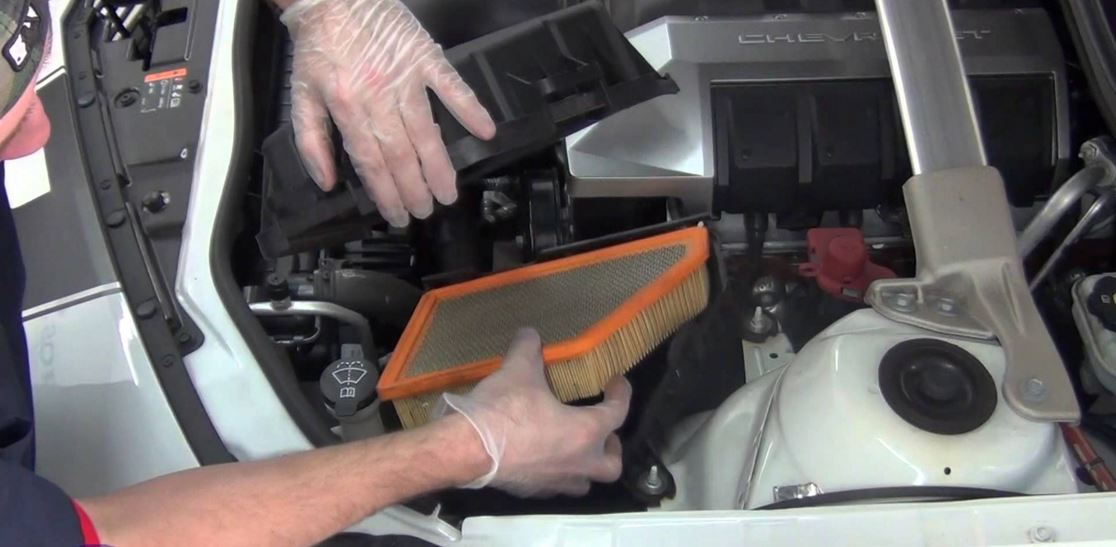
Step 2 –Modify driving habits
Another simple and inexpensive (read: free) method to improve fuel economy is to modify your driving habits.
- Avoid jack-rabbit starts. Putting the pedal to the metal at every stop sign reduces MPG by one to two miles. Take it easy unless there is a clear emergency (or you want to show off to your friends!).
- Back off on the gas pedal. When you're not accelerating, ease off the gas petal so you take advantage of your engine's ability to cruise and to avoid feeding the engine fuel when you don't need to. Cruising down hills and on long stretches of highway also allows you to take advantage of the car's gear ratio, which the manufacturer built into the car so your engine uses less power (and thus less fuel) when it is not accelerating.
Improving your driving habits also reduces stress on the engine and other parts of the car, minimizing the need for tuneups and brake jobs.

Step 3 – Buy a second car
Rather than use your Camaro or Firebird to drive to and from work every day, buy a used, small car like a Fiesta or Aveo for routine driving. These vehicles have fuel-efficient, four-cylinder engines compared to the V8 or V6 in your Camaro or Firebird. They are also considerably lighter, about 1,700 lbs. vs. around 4,000 lbs. for the Camaro and Firebird. Weight is the number one concern for improving fuel economy. Leave your best ride in the garage and use a second car to go grocery shopping or for trips to the hardware store.
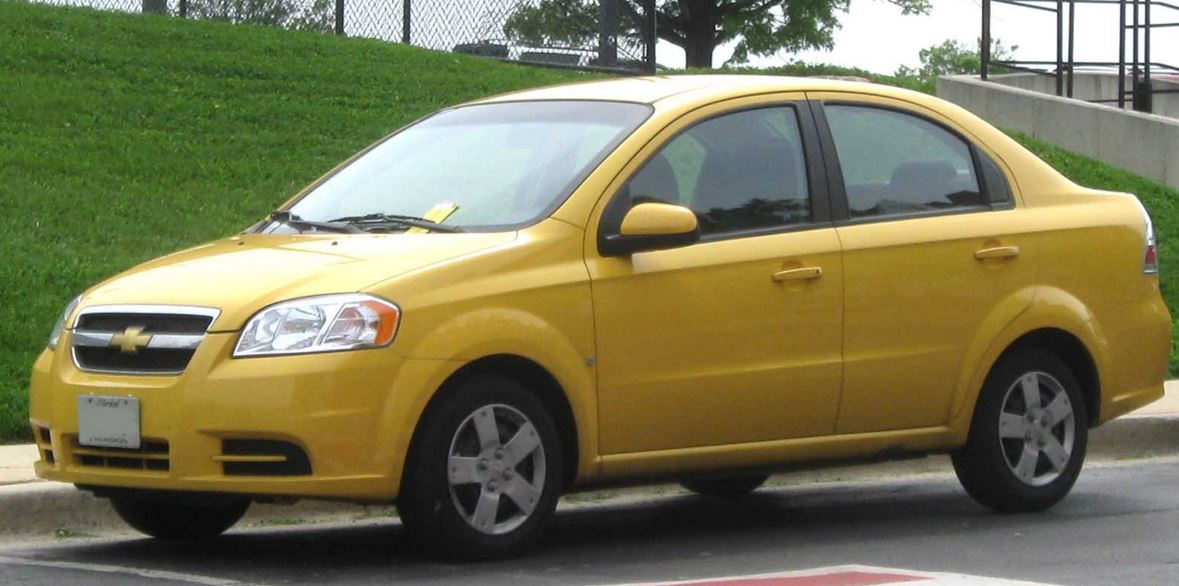
Step 4 – Don't modify the engine
According to Camaro and Firebird owners, mods like a bigger cam shaft and modified heads automatically mean less fuel economy. But if increased power and torque is your main objective, fuel economy is going to be far down on your list of priorities anyway.
Conversely, Camaro and Firebird owners also suggest you do not de-stroke your car, either, with things like a smaller cam and head changes. One owner calculated that you would spend $350 for an upgraded cam. Add the cost of springs, pump, fluids, gaskets, bolts and chain, you have spent more than $500. Then, add in your time and effort to dismantle and rebuild, and you have to ask yourself: Is it worth it? In addition, these mods will only put more stress on the engine and likely result in poorer fuel economy due to driving the same amount of weight down the road with less power.

The same goes for installing a smaller engine. The same weight = more stress on the engine = the same or poorer fuel economy. Ditto for changing the gear ratio – the expense and effort to modify it probably offsets any gain in fuel economy.
The bottom line is that the manufacturer constructed the car well with regard to the weight and power ratio, so consider easier, less expensive ways to reduce fuel consumption.
Step 5 – Get a custom tune
Owners have seen some good results with Frost tunes or other kinds of custom tuning on the car, which can include modifying or removing the O2 sensors. A custom tune can improve performance as well as fuel economy.

Step 6 – Buy a direct fuel injection engine and install
Direct fuel injection, although not prevalent (yet) on American cars, is showing increases in fuel economy. The caveat at this point is increased maintenance costs due to increased fuel residue in the engine.
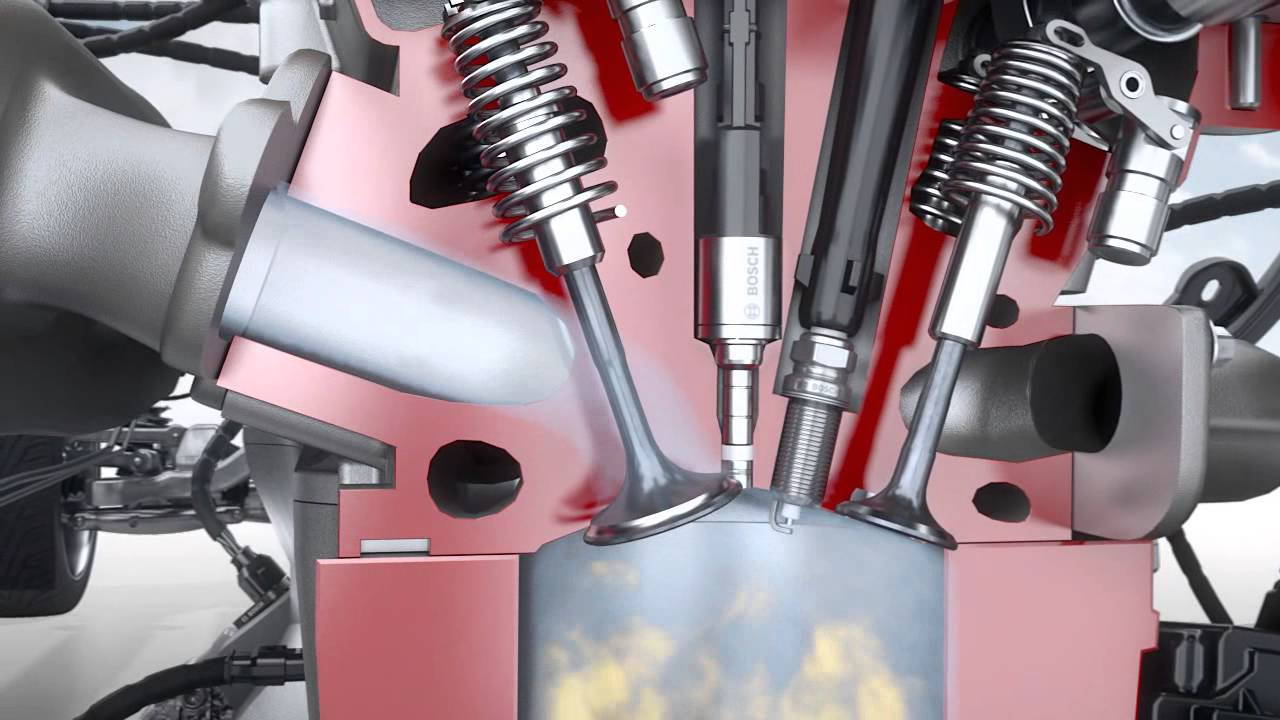
Some of the least expensive, easiest methods are the best choices for improving fuel economy in your Camaro or Firebird. Try them first before investing in large changes that may or may not show an improvement.
Related Discussions
- Big Cam Kill Gas Mileage? - LS1tech.com
- Building Stroked LS1...Fuel Mileage? - LS1tech.com
- Gas Mileage Build, What's Your Take? - LS1tech.com
- Max Effort Usability - LS1tech.com
- 1.2 Ton Turbodiesel 25 MPG - LS1tech.com

